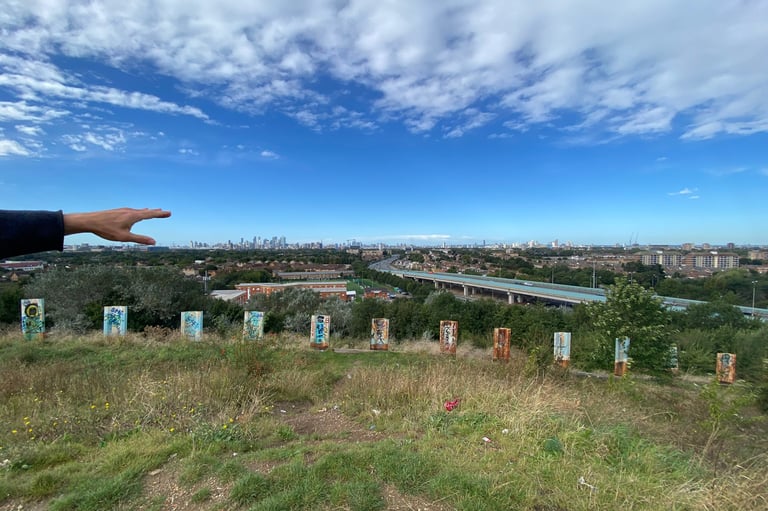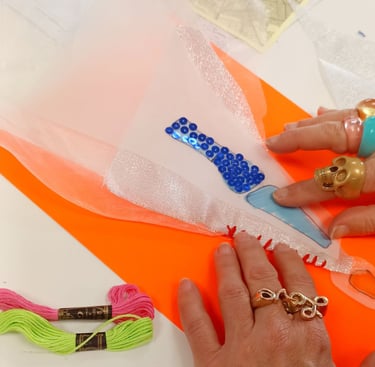During this project the Beckton Alps were a place of research and inspiration. A former dry ski slope and buried toxic sludge heap in Beckton, East London, the Beckton Alps are the embodiment of juxtaposition. I hold on to the belief that a ‘place’ is where sounds, histories, stories, images, memories, nature and things converge to form (in this case) a heap. To unpick the heap and reveal some structural relations is the ambition of this project.
'We don’t know what happened really it was all a long time ago. We tried to traverse a fence, a forgotten project. Our notes sitting steady making waves, opening again, ‘hello it’s me’. Are retail outlets our friends?
Some 1980s schoolchildren wouldn’t have expected this. To see a Creek, to find a peaceful spot. There seems to be a magic here. A place that divides industry from a river. At long last the estuary tides that go east, (or do they go west)? Planes come overhead from both directions.
Feeling like writing isn’t the only way to use text. We shouldn’t be mechanical about it. It’s beautiful. To get away from where you are going. To have time to think. We thought we were rebounding, coming back to one. In the industrial heart of London. We felt inundated with emails, we liked it, we bathed in it.
The Beckton Alps, the tests, the open goals. Views and vistas, it’s now a retail park.
We couldn’t let go of something strong. How to be a success.'
Richard Lockett
Have you seen the vistas from the top of Beckton Alps?
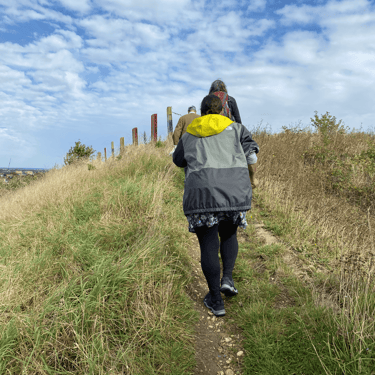
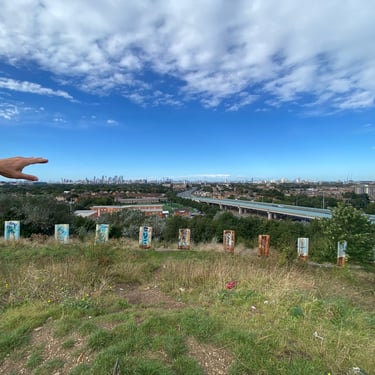
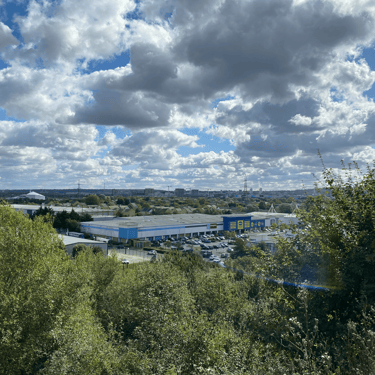
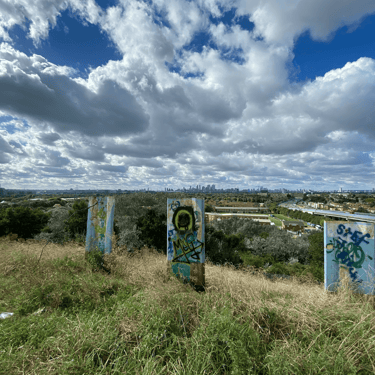
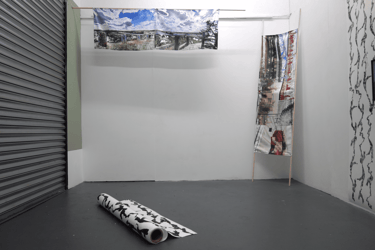
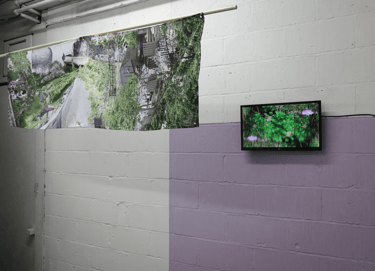




The exhibition Personnel was the culmination of a period of research and engagement with the lower Lea Valley site. Researching a site for me involves reading about it but also, and most importantly, walking, taking images and writing. The three banners exhibited at Classwaroom were created by using the method of digital collage and layering, printed on polyester. The photographs I used for the collages were a mixture of those taken by myself in 2022, and also by my father Stephen Lockett during the period of the redevelopment of the Lea Valley site, between Leyton and Stratford, as the Olympic Park for the London games in 2012. The Olympic redevelopment has sterilised the original character of the area by removing the organic network of small manufacturers and traders and bringing in tourism. The video Calyp lingers on a repetitive habit of looking and then looking again. The camera lens focuses in on plants, trees and ordinary objects, such as floor tiles or a clothes airer, in order to extract formal structures that organised everyday sensorial experience. Pondering on the spaces and rhythms of ‘the Great Pause’, it meditates on inoffensive but obstinate claims to freedom that operate not by opposing the compulsion to production, but by gently disregarding it.
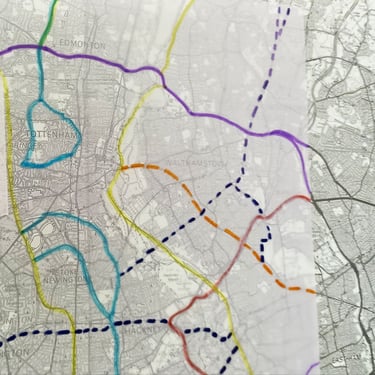
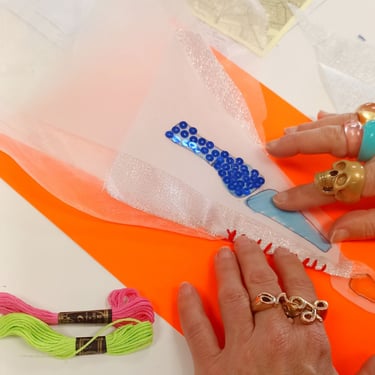
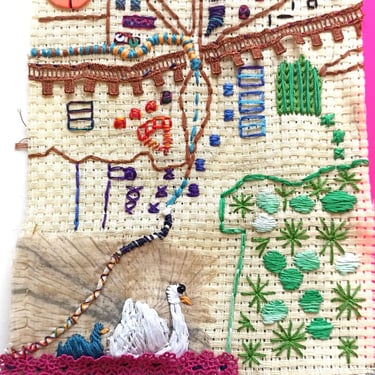
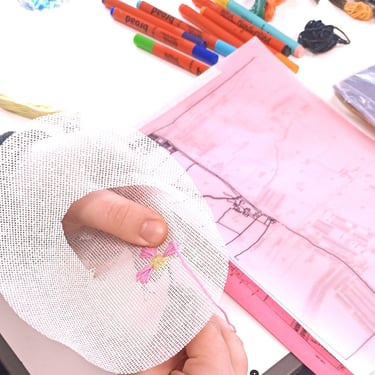

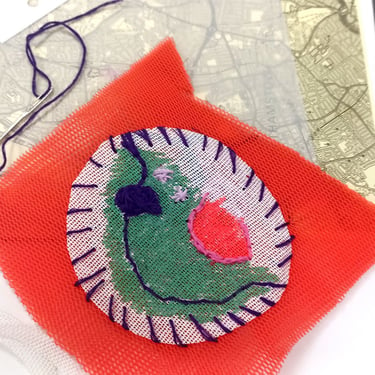
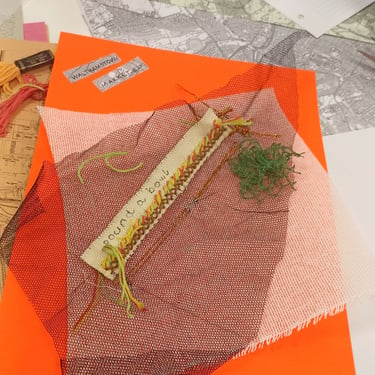
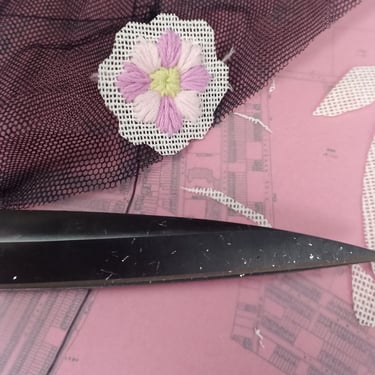
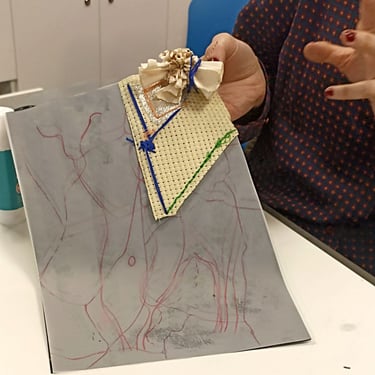
How do personal memories map public space? Some memories are loud, others are quiet. As a neurodiverse artist, who has grown up in Waltham Forest, and as a teacher who works with young adults with learning disabilities, I have come to appreciate the quiet memories that other neurodiverse people make about public spaces. But how would these memories look if they were to be transferred onto a map?
The Quiet Map Project aims to collect the memories of a place enjoyed by people who identify as neurodiverse by asking them to draw a personal map of such a space. While the map itself might not be about quiet places, the project fosters a meditation on quietness as reflection, a type of communication, and a form of self- representation.
Submissions have been collected together via the post and through a series of workshops organised in collaboration the Walthamscribe at William Morris Gallery in Walthamstow. A wall hanging will be created and exhibited in a Local Library and also a virtual walking trail accessed with smartphones via QR codes. Residents will learn about the local personal stories of neurodiverse people in Waltham Forest.
